Your garage door opener remote battery is small, inexpensive, and critically important.
When it weakens, the range shrinks, clicks fail, and the door seems “possessed.”
Choosing the right cell restores reliability in seconds—no reprogramming required.
Most remotes use coin cells like CR2032, CR2025, or CR2016.
Some older or specialty remotes use A23 12-volt cells or CR2450.
The exact type depends on your remote’s brand, model, and age.
If you’re wondering what size battery for garage door opener remote is correct, don’t guess.
Two minutes of checking prevents bent contacts, memory loss, or a jammed cover.
Let’s identify, replace, and maintain the perfect cell for your remote.
Why Battery Choice Matters
A precise garage door opener remote battery ensures consistent signal strength.
Low voltage forces you to stand closer to the door, adding daily friction.
Installing the right cell saves time and avoids needless service calls.
Signal reliability depends on voltage and capacity.
Fresh, high-quality cells transmit farther with fewer misfires.
Counterfeit or mismatched batteries lead to intermittent operation.
How To Identify Your Battery

Start by reading the back of the remote.
Manufacturers often list the battery type near the FCC ID.
If not, open the case carefully and check the existing cell.
Look for the alphanumeric code on the battery itself.
CR2032, CR2025, CR2016, CR2450, and A23 are common.
Match the code exactly for a perfect fit and performance.
Check your owner’s manual or the brand’s support page.
Many manuals show battery diagrams and part numbers.
If you’ve lost the manual, search your model number online.
Bring the remote to a hardware store if unsure.
Staff can often match the cell by size and thickness.
Photograph the old cell before recycling, as a backup.
Popular Brands And Their Typical Cells
Chamberlain and LiftMaster remotes often use CR2032 or CR2025.
Some three-button models fit dual CR2016 cells stacked.
A23 appears in certain visor remotes and older transmitters.
Genie and Overhead Door frequently use CR2032 coin cells.
Craftsman remotes share many LiftMaster formats.
Premium universal remotes may use CR2450 for longer life.
Always confirm your specific model before purchasing.
Manufacturers adjust designs across generations.
Rely on the printed battery code for certainty.
Quick Checklist Before You Buy
Confirm the exact code on your existing cell.
Note the polarity: the “+” side usually faces up.
Inspect contacts for corrosion or bending.
Assess the remote’s range and reliability.
Sluggish response often signals a dying cell.
Replace proactively if performance declines.
Purchase a reputable brand to avoid fakes.
Choose sealed packaging with recent manufacture dates.
Store spares in a cool, dry place.
Replacement Steps, Made Simple

Open the case using the notch or a tiny screwdriver.
Avoid prying near buttons to prevent tearing membranes.
Work over a table so tiny parts don’t vanish.
Remove the old garage door opener remote battery gently.
Note orientation so the new one seats correctly.
Slide the cell under the retaining tabs without forcing them.
Snap the cover back until it clicks.
Press each button to confirm feel and alignment.
Test the remote from various distances outside.
If it doesn’t work immediately, don’t panic.
Some remotes need a brief re-sync after power loss.
Follow the manual’s programming steps if required.
Battery Specs, Explained
CR-codes indicate lithium coin cells.
“20” means 20 mm diameter; “32” means 3.2 mm thick.
So, CR2032 is 20 mm by 3.2 mm.
The voltage for these cells is about 3 volts.
Capacity varies with thickness, affecting runtime.
CR2450 lasts longer than CR2032, if your remote supports it.
A23 batteries are compact 12-volt alkaline cells.
They contain stacked button cells inside one wrapper.
They power some older remotes and keyless systems.
Symptoms Of A Weak Battery
You must stand closer to the door for it to respond.
The LED on the remote dims or flickers when pressed.
Sometimes nothing happens, then it works on the second try.
Cold mornings make the problem worse.
Lithium cells sag in extreme temperatures.
Replace early if you live in a harsh climate.
If the door opens, then immediately stops, check the power.
Battery droop can confuse receiver timing.
A fresh cell often resolves erratic stops.
Maintenance Tips For Longer Life
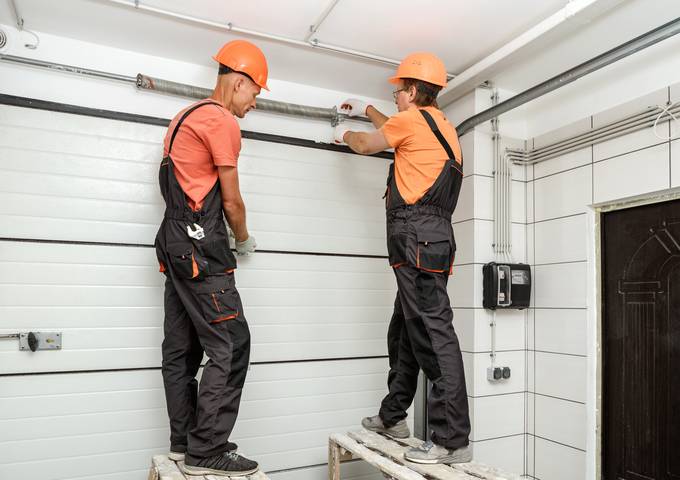
Avoid pocket presses that drain charge.
Use a case or keep the remote on a visor clip.
Clean grime around buttons to prevent sticking.
Replace your garage door opener remote battery every 12–24 months.
Heavy use or extreme heat shortens lifespan.
Mark the install date on the inside cover.
Keep spare cells in original packaging.
Loose coins can get short in a drawer.
Never mix old and new cells.
Range, Interference, And Your Battery
Wi-Fi routers, LED bulbs, and metal siding reduce range.
A fresh garage door opener remote battery helps overcome interference.
Still, relocating noisy devices can improve consistency.
Modern openers hop frequencies to resist noise.
Weak cells can’t maintain clean signal shape.
That’s why the range drops before total failure.
Safety And Environmental Care
Do not throw coin cells in household trash.
They’re hazardous if swallowed by children or pets.
Store spent batteries out of reach immediately.
Most hardware stores accept recycling.
Tape both sides of the used cells to prevent shorts.
Transport them in a small container.
Avoiding Counterfeit Cells
Counterfeits look convincing yet fail quickly.
Buy from reputable retailers with solid reviews.
Avoid packaging with misspellings or smudged print.
Check the expiration date and lot code.
Remember, extremely cheap cells rarely perform.
A genuine garage door opener remote battery saves headaches.
When Replacement Doesn’t Fix It
If a new cell doesn’t help, inspect contacts.
Gently clean with isopropyl alcohol and a cotton swab.
Bent tabs can be reshaped with fine tweezers.
Try a second known-good battery to confirm.
If it still fails, reprogram the remote.
Check the opener’s antenna wire for damage.
Consider environmental interference again.
LED garage bulbs can overwhelm receivers.
Swap to “garage-rated” low-interference bulbs.
Spare Remotes And Keypads
Program a spare transmitter for emergencies.
Keep it in your car’s glove box or a safe spot.
Label which door it controls.
Keypads also rely on batteries.
Replace theirs on the same schedule.
A fresh cell prevents lockouts on rainy nights.
Planning Ahead
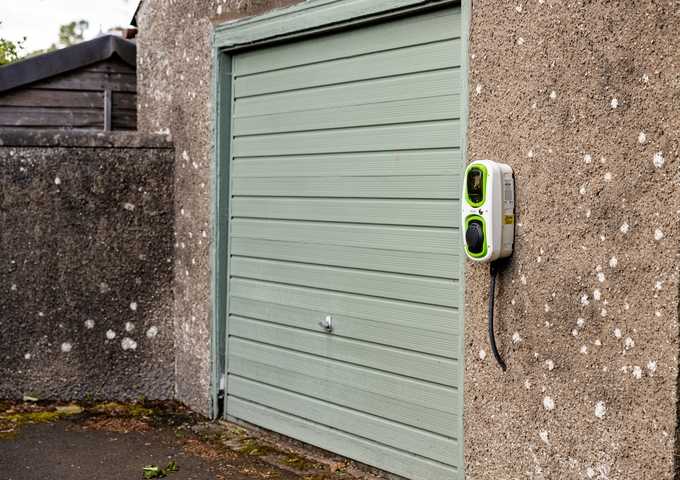
Buy a two-pack or four-pack of your cell.
Rotate through them during yearly maintenance.
You’ll always have a fresh garage door opener remote battery ready.
Combine replacement with opener maintenance.
Lubricate hinges and rollers, and test safety reversal.
A smooth door reduces strain on electronics.
Frequently Used Battery Types
CR2032 is the most common remote cell today.
CR2025 and CR2016 also appear in slim remotes.
Some multi-button units stack two CR2016 cells.
CR2450 offers extra capacity where supported.
A23 is frequent in older visor transmitters.
Always confirm your exact model before purchasing.
Matching Terms You May See
You might search for a battery for garage door opener remote online.
Retailers may list “coin cell,” “button cell,” or “12-volt A23.”
Use your code to avoid confusion.
Some guides reference batteries for garage door openers broadly.
They mix remote cells with opener backup batteries.
Your remote cell is separate from the opener’s backup pack.
If you see garage door opener battery, confirm context.
Opener backup packs power the motor during outages.
Remote cells only power the handheld transmitter.
Buying Guide: Where And What To Buy
Purchase name-brand cells from trusted stores.
Panasonic, Energizer, Duracell, Renata, and Sony are reliable.
Check freshness by verifying the date code.
Avoid “loose” coins sold without packaging.
They may be used or exposed to moisture.
Factory-sealed blisters protect the chemistry.
Price should track quality and authenticity.
A realistic deal beats a suspicious bargain.
Your garage door opener remote battery is worth a few extra cents.
Step-By-Step: One-Minute Swap
Open the cover using the slot near the seam.
Leverage gently; don’t twist hard.
Keep the logo side facing up to track orientation.
Lift the old cell and read the code.
Confirm it matches your new package.
Insert the new coin with the “+” side up.
Press the housing until it clicks shut.
Test from the driveway, not the garage.
Verify consistent response on multiple presses.
Future-Proofing And Smart Options
Some remotes move to rechargeable packs.
Others integrate with car HomeLink systems.
Your garage door opener remote battery may change with future models.
Smartphone control reduces remote use altogether.
A backup remote still makes sense during outages.
Keep a fresh cell ready for that redundancy.
Quick Reference Summary
Identify the exact code printed on the cell.
Buy genuine replacements from reputable retailers.
Install carefully, observing polarity and seating.
Recycle used cells safely and promptly.
Troubleshoot contacts and interference if problems persist.
Maintain a spare garage door opener remote battery for emergencies.
FAQs
What are the signs that my garage door remote battery is dying?
Most users replace every 12–24 months.
Heavy use, heat, or cold shortens life.
Replace sooner if the range declines or clicks feel inconsistent.
Are CR2032, CR2025, and CR2016 interchangeable?
They share a diameter but differ in thickness and capacity.
Use the exact specification your remote requires.
Mismatches can loosen fit or reduce runtime.
My new battery didn’t fix the problem—now what?
Clean contacts, reseat the cell, and confirm polarity.
Try reprogramming your remote to the opener.
Check for interference from LED bulbs or Wi-Fi devices.
Can I use rechargeable coin cells in my remote?
Most remotes are designed for primary lithium cells.
Rechargeables have lower voltage and may misbehave.
Use the chemistry specified by your manufacturer.
Where should I buy reliable batteries?
Purchase from reputable hardware stores or major retailers.
Look for sealed packaging and recent date codes.
Counterfeits are common in bargain listings.


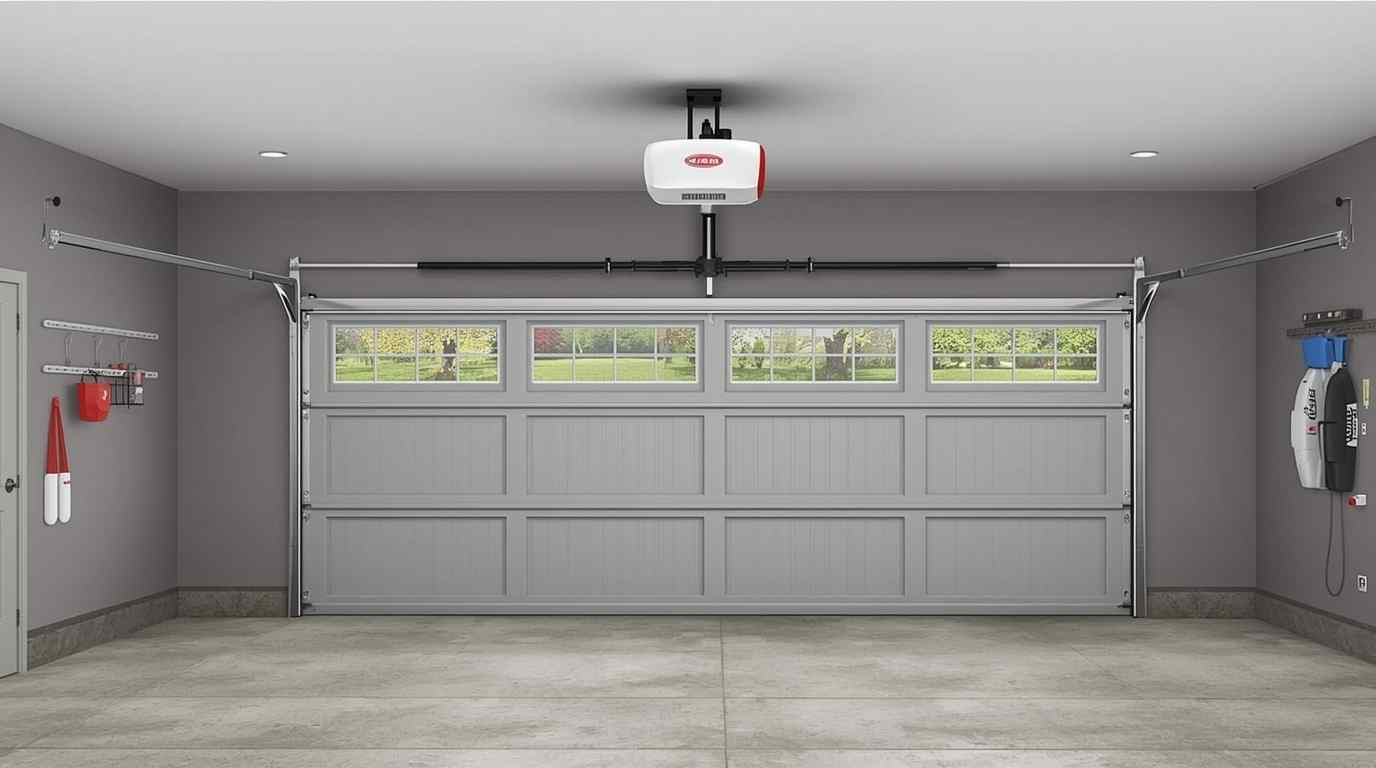


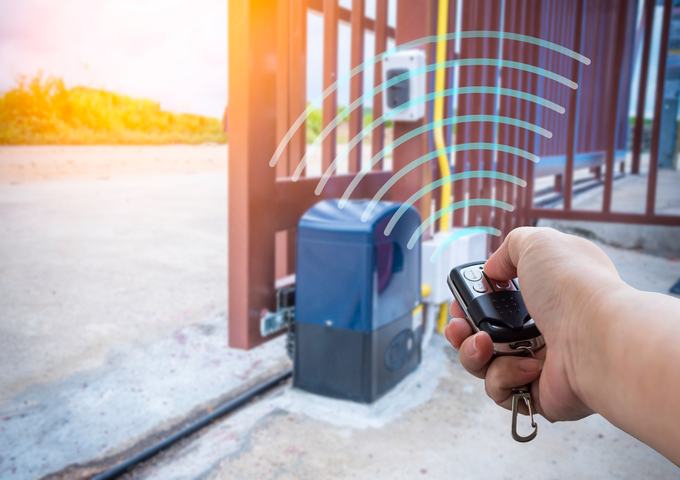




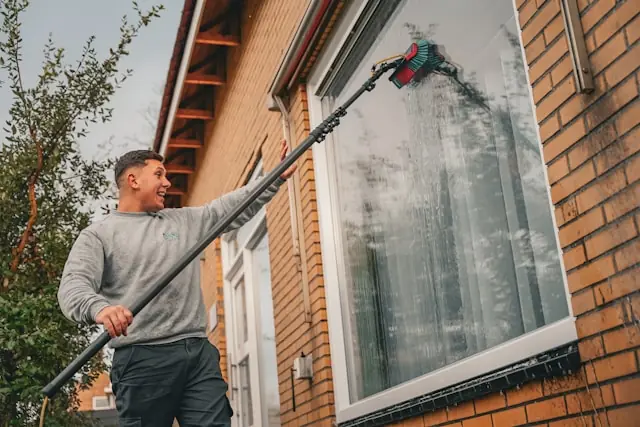



Leave a comment